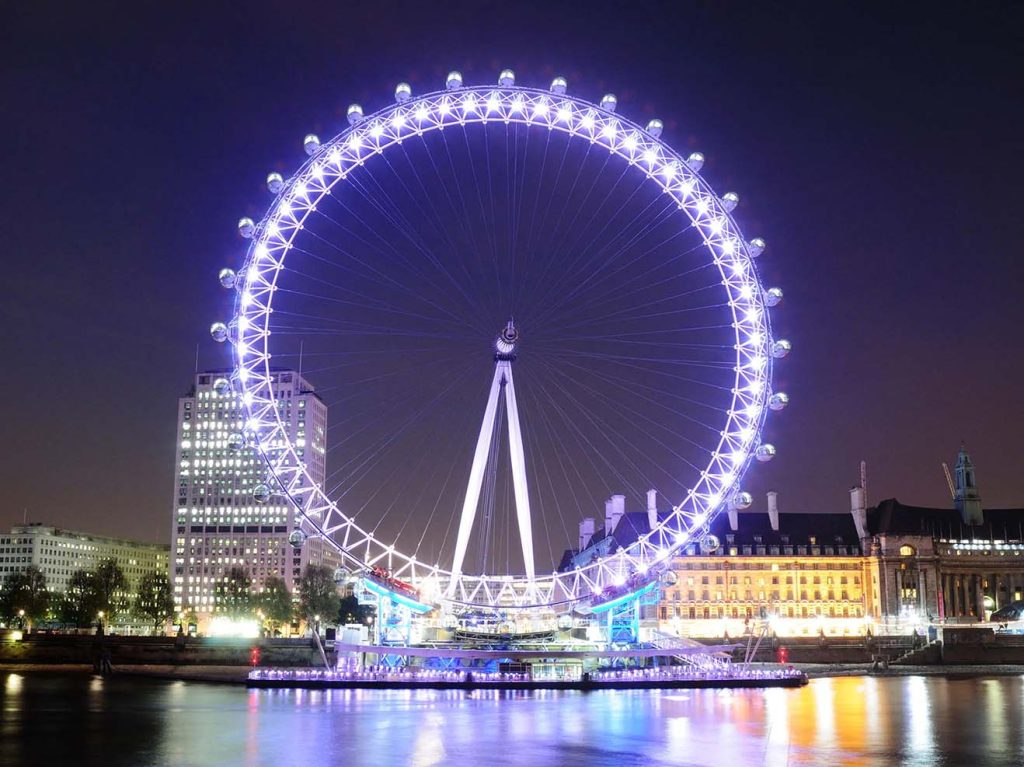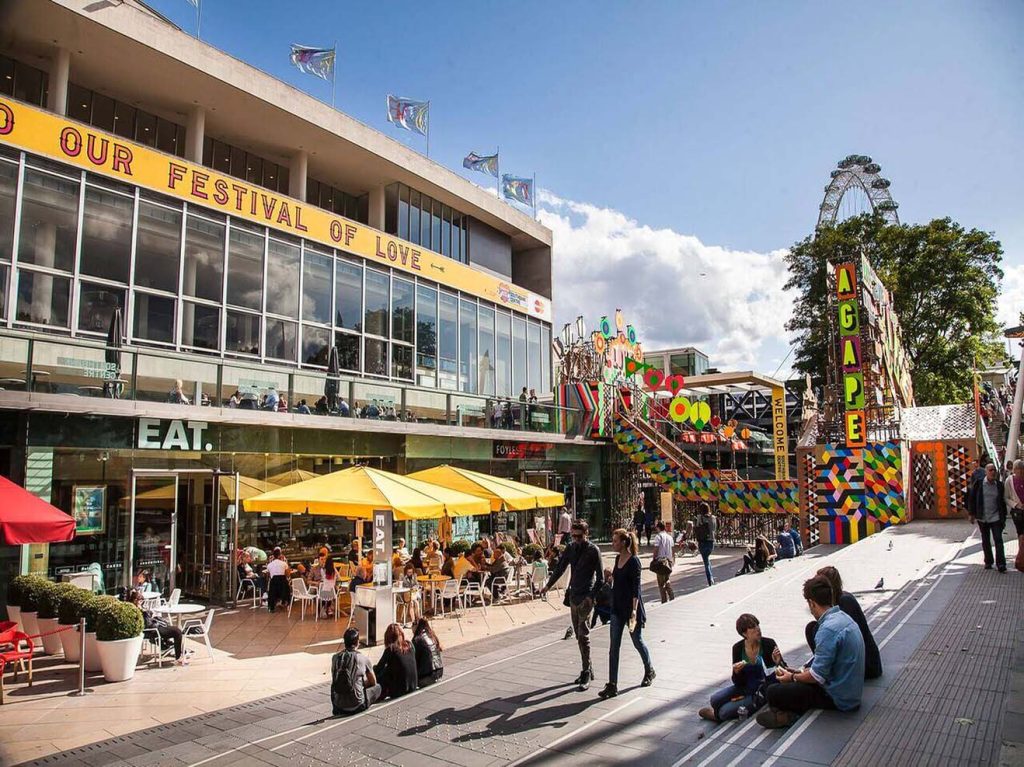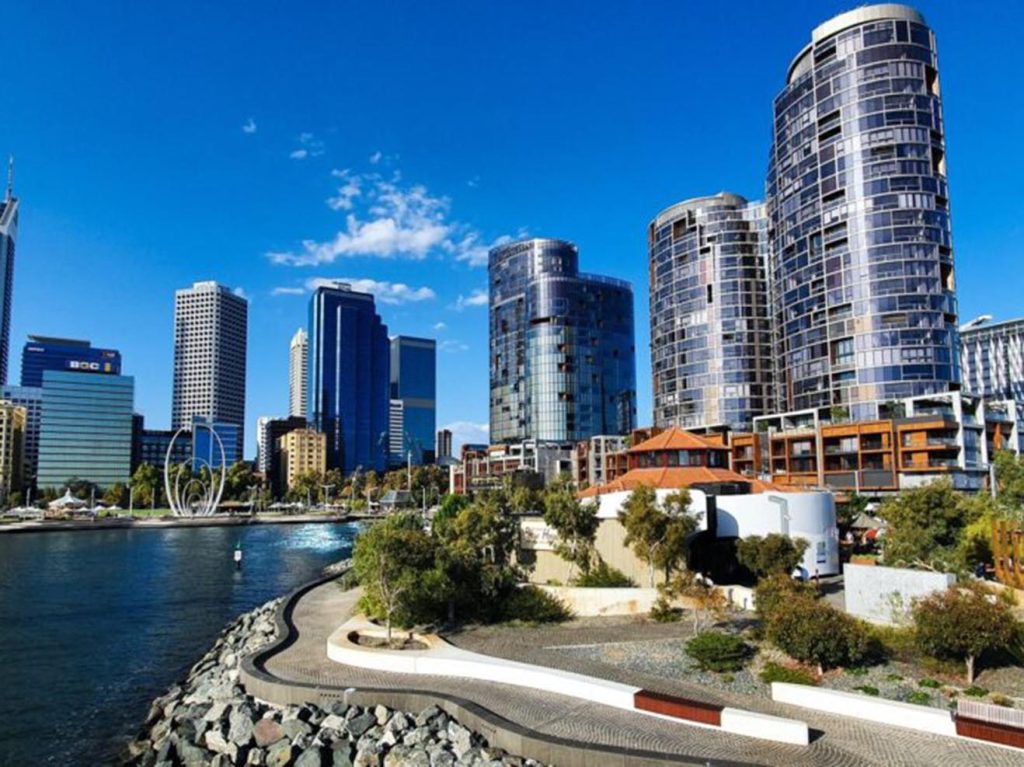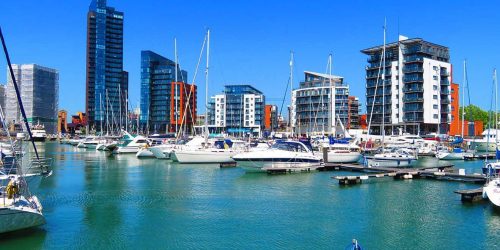Exploring London’s Landmarks: From Big Ben to the London Eye
London, a city where history and modernity converge, offers a rich tapestry of landmarks that attract millions of visitors each year. Among its most iconic attractions are Big Ben and the London Eye, which stand as symbols of the city’s past and present. In this blog, we’ll embark on a detailed journey through these landmarks, sharing personal experiences, practical tips, and an optimal route to make the most of your visit.
Big Ben: The Heartbeat of London
History and Significance
Big Ben, officially known as the Great Bell, is part of the Elizabeth Tower at the north end of the Palace of Westminster. Completed in 1859, this iconic clock tower is not only a marvel of Victorian engineering but also a symbol of British democracy. The name “Big Ben” originally referred to the bell itself but has become synonymous with the entire clock tower.
Personal Experience
Standing in front of Big Ben for the first time is a humbling experience. The intricate Gothic architecture and the clock’s meticulous design are awe-inspiring. Hearing the bell chime on the hour is a moment that connects you to centuries of history. During my visit, I took a moment to absorb the bustling atmosphere of Westminster Bridge, where tourists and locals alike gather to admire this architectural masterpiece.
Visiting Tips
- Best Time to Visit: Early morning or late evening to avoid the largest crowds.
- Photography: For the best photos, cross Westminster Bridge for a full view of the tower and the Houses of Parliament.
- Nearby Attractions: Don’t miss the Houses of Parliament, Westminster Abbey, and the Churchill War Rooms, all within walking distance.
The Palace of Westminster
History and Significance
The Palace of Westminster, also known as the Houses of Parliament, is the seat of the UK Parliament. This UNESCO World Heritage site has a history dating back to the 11th century, though much of the current Gothic Revival structure was rebuilt in the 19th century after a devastating fire.
Personal Experience
Exploring the Palace of Westminster offers a deep dive into British political history. I joined a guided tour that took us through the House of Commons and the House of Lords. The grandeur of the interiors, with their ornate ceilings and historical paintings, was mesmerizing. Standing in the same halls where monumental decisions have been made felt profoundly significant.
Visiting Tips
- Tours: Book a guided tour to gain insights into the history and workings of the UK Parliament. Tours are available on weekends and during parliamentary recesses.
- Security: Expect airport-style security checks. Leave large bags and unnecessary items at your accommodation.
- Tickets: Purchase tickets in advance, especially during peak tourist seasons.
Westminster Abbey
History and Significance
Westminster Abbey is a Gothic abbey church that has been the coronation site for British monarchs since 1066. It is also the final resting place of numerous notable figures, including monarchs, poets, and scientists.
Personal Experience
Walking through Westminster Abbey is like stepping into a history book. The awe-inspiring architecture, stained glass windows, and the Poet’s Corner, where literary greats like Chaucer and Dickens are buried, are particularly memorable. During my visit, I was struck by the serene atmosphere and the sense of reverence that permeates the abbey.
Visiting Tips
- Tickets: Buy tickets online to skip the line. Audio guides are included with admission.
- Services: Attend a service to experience the abbey’s spiritual ambiance. Services are free to attend.
- Highlights: Don’t miss the Coronation Chair, the Tomb of the Unknown Warrior, and the Chapter House.
The London Eye
History and Significance
The London Eye, a giant Ferris wheel on the South Bank of the River Thames, was erected in 1999 to celebrate the millennium. At 135 meters tall, it offers panoramic views of London and has become one of the city’s most popular tourist attractions.
Personal Experience
Riding the London Eye is a breathtaking experience. As the capsule ascends, the sprawling cityscape unfolds beneath you. On a clear day, you can see landmarks up to 40 kilometers away. The slow rotation allows plenty of time to take in the sights and snap photos. Sharing the capsule with other excited visitors added to the sense of adventure and discovery.
Visiting Tips
- Best Time to Visit: Sunset for stunning views of the city as it transitions from day to night.
- Tickets: Book online for discounts and skip-the-line options. Consider a combination ticket with other attractions like the SEA LIFE London Aquarium.
- Experience: Each rotation takes about 30 minutes. Informative guides within the capsule highlight key landmarks.

My Travel Top Picks
Transportation:
National Express
/
Trainline
Travel Gear:
DVF
/
Samsonite
/
The North Face
/
Tumi
Dining:
OpenTable
/
Resy
/
Tastecard
/
Zomato
Accommodation:
Booking.com
/
Hotels.com
/
Airbnb
/
Expedia
Optimal Route and Itinerary
To make the most of your visit to these iconic landmarks, follow this suggested route:
Morning: Big Ben and the Palace of Westminster
- Start Early: Arrive at Westminster Station around 8:30 AM.
- Big Ben: Spend about 30 minutes photographing and admiring Big Ben.
- Palace of Westminster Tour: Join a guided tour of the Houses of Parliament. Allow 90 minutes to 2 hours.
Mid-Morning: Westminster Abbey
- Walk to Westminster Abbey: It’s a short walk from the Palace of Westminster.
- Explore the Abbey: Plan to spend about 90 minutes exploring the abbey and its cloisters.
Lunch: South Bank
- Walk to South Bank: Cross Westminster Bridge for a variety of dining options along the South Bank.
- Lunch: Enjoy lunch at one of the riverside cafes or restaurants. Gabriel’s Wharf offers a range of choices.
Afternoon: The London Eye
- London Eye: Head to the London Eye after lunch. If you have a timed ticket, plan accordingly.
- Experience the Ride: Spend 30 minutes on the London Eye. Pre-booked tickets will save time.
Additional Attractions
SEA LIFE London Aquarium
Located next to the London Eye on the South Bank of the River Thames, SEA LIFE London Aquarium is a fascinating underwater world that offers an educational and entertaining experience for visitors of all ages.
Highlights:
- Ocean Tunnel: Walk through the incredible ocean tunnel where sharks, rays, and other marine creatures swim overhead.
- Interactive Displays: Learn about marine conservation and see interactive displays that showcase different ecosystems, from coral reefs to the Amazon rainforest.
- Creature Talks and Feeding Times: Attend scheduled talks and watch feeding sessions to get closer to the creatures and learn more about their behaviors.
- Penguin Point: Marvel at the playful penguins in their specially designed habitat, where you can observe them both above and below the water.
- Children’s Activities: The aquarium offers activities specifically designed for younger visitors, making it an engaging and educational experience for families.
Southbank Centre
Situated along the South Bank of the River Thames, the Southbank Centre is a vibrant cultural complex that houses various arts venues, including galleries, performance spaces, and cultural events.
Things to Explore:
- Royal Festival Hall: Attend a concert or performance at the iconic Royal Festival Hall, known for its excellent acoustics and diverse programming ranging from classical music to contemporary performances.
- Art Galleries: Visit the Hayward Gallery and the Queen Elizabeth Hall Roof Garden for contemporary art exhibitions and stunning views of the city skyline.
- Outdoor Spaces: Stroll along the South Bank and enjoy the lively atmosphere, street performers, and pop-up food markets that often line the riverside.
- Cultural Events: Check the Southbank Centre’s calendar for events such as literature festivals, dance performances, and family-friendly workshops that cater to diverse interests and ages.
- Restaurants and Cafes: Enjoy a meal or coffee break at one of the many restaurants and cafes within the Southbank Centre, offering both casual dining and fine cuisine with views of the river.
Practical Tips for Visiting:
- Tickets: Purchase tickets online in advance for SEA LIFE London Aquarium to avoid queues, especially during peak times.
- Timing: Plan your visit to SEA LIFE London Aquarium and Southbank Centre in advance to make the most of your day. Consider visiting early in the morning or later in the afternoon to avoid crowds.
- Accessibility: Both SEA LIFE London Aquarium and Southbank Centre are wheelchair accessible, with facilities and assistance available for visitors with disabilities.
- Combined Tickets: Some attractions offer combined tickets or discounts when visiting multiple attractions in the same area. Check for special offers and packages that include nearby attractions like the London Eye or Thames cruises.
Evening: Optional Activities
- Thames River Cruise: Enjoy a leisurely evening cruise to see the city’s landmarks illuminated.
- Dinner and Theatre: Head to the West End for dinner and a show. Booking in advance is recommended.

Practical Tips for Visiting London’s Landmarks
Getting Around
- Public Transport: London’s Underground (Tube) is the quickest way to get around. Consider getting an Oyster Card or using contactless payment for convenience.
- Walking: Many of London’s landmarks are within walking distance of each other. Wear comfortable shoes and enjoy the stroll.
- River Transport: Thames Clippers offer a scenic way to travel between riverside attractions.
Safety and Security
- Stay Alert: London is generally safe, but stay vigilant in crowded areas and keep an eye on your belongings.
- Emergency Services: Dial 999 for police, fire, or medical emergencies.
Budget Tips
- Free Attractions: Many of London’s museums and galleries are free, including the British Museum and the National Gallery.
- Discount Cards: Consider a London Pass for discounted entry to multiple attractions.
- Dining: Look for fixed-price lunch menus or street food markets like Borough Market for affordable meals.
Cultural Etiquette
- Queuing: The British are known for their orderly queues. Respect the lines and wait your turn.
- Politeness: Use “please” and “thank you” generously.
- Tipping: Tipping is customary in restaurants (10-15%), but not always expected in pubs.
Exploring London’s landmarks is a journey through time, offering a glimpse into the city’s rich history and vibrant present. From the majestic chimes of Big Ben to the panoramic vistas from the London Eye, each landmark tells a story and provides a unique experience. By following the suggested route and tips, you can maximize your visit and create lasting memories in this iconic city. Whether you’re a first-time visitor or a seasoned traveler, London’s landmarks never fail to impress and inspire. So pack your bags, charge your camera, and get ready to discover the heart of London.
Wondering how I make travel prep a breeze? When planning a trip, I turn to DVF because they have those perfect, stylish, and easy-to-pack outfits that make getting ready a snap. Imagine feeling the comfort of home wherever you land, wrapped in fashion-forward, soft clothing. When it comes to getting around, I rely on Trainline for hassle-free flights to my favorite destinations. Plus, I always book my dining through OpenTable—it's so easy to find and reserve a table at the best local spots, ensuring I never miss out on the delicious cuisine. And for a cozy place to stay, I turn to Booking.com to find hotels that suit my style and budget, so I can unwind and enjoy every moment of my trip!


